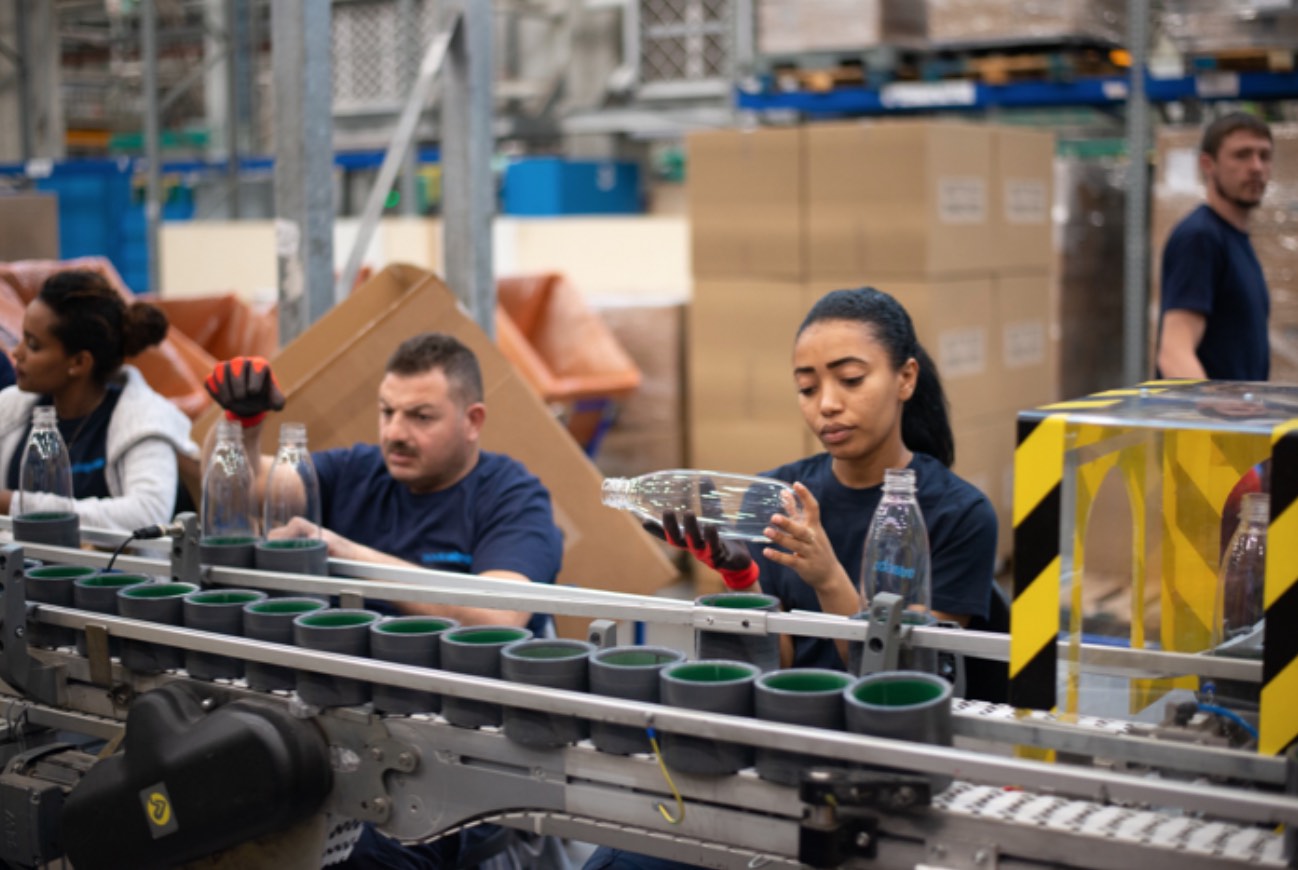Emerging machine learning and AI solutions are set to transform manufacturing. But most manufacturers aren’t ready to adopt these solutions. And one of the main reasons is data. It’s not a lack of data that’s the problem. It’s the lack of standardized and labelled data.
Most manufacturers lack the time and resources to label data which hampers their ability to adopt AI-enabled inline quality inspections. What can manufacturers do to address the “labelling gap”? How about by evolving the role of the product inspectors?
Traditionally, product inspectors focus on visually inspecting products to ensure they are defect-free. However, their skills can be seamlessly transferred to the data labelling realm. Here’s how this transition can be a game-changer.

Quality inspectors have already been trained to catch various product defects. The work can be redundant and subjective. But what if these inspectors were labeling defects on digital product records rather than performing manual inspections?
Familiarity with Common Defects
Inspectors are trained to spot a variety of defects like scratches or imperfections on plastic or metal surfaces. This familiarity enables them to label data with a nuanced understanding that is particularly beneficial in specialized manufacturing applications. Their domain-specific knowledge ensures that the labelled data is accurate AND contextually relevant, improving the reliability of AI models trained on this data.
Enhanced Consistency and Standardization
Consistency is crucial in data labelling, as inconsistencies can lead to biased or unreliable outcomes. Product inspectors are accustomed to following standardized procedures and checklists to ensure consistency across their inspections. When applied to data labelling, this adherence to standards helps maintain consistent labels across growing datasets that power continuous improvement of inspection model performance.
Improved Efficiency and Productivity
Product inspectors are adept at working efficiently under pressure, balancing speed with accuracy. This skill is invaluable in the data labelling process where large volumes of data must be labelled accurately within tight deadlines. The transition to data labelling can be facilitated by their existing work ethic and efficiency, leading to faster project turnaround times without compromising quality.
Cost-Effective Resource Utilization
Repurposing product inspectors as data labellers can be a cost-effective strategy for organizations. Instead of hiring and training new personnel specifically for data labelling, companies can leverage their existing workforce, reducing recruitment and training costs. This dual role can also lead to more flexible workforce management, with employees capable of switching between product inspection and data labelling as needed, optimizing resource allocation and utilization.
Enhanced Employee Engagement and Skill Development
For product inspectors, transitioning to data labelling can provide a refreshing change and an opportunity for skill development. Engaging in a new role that leverages their existing skills while teaching them about emerging technologies can boost job satisfaction and career growth. This dual-role capability can make employees more versatile and valuable to the organization, fostering a culture of continuous learning and adaptation.
Bridging the Gap Between Physical and Digital Quality Control
Involving product inspectors in data labelling creates a more integrated approach to quality control. The insights gained from physical product inspections can inform the data labelling process, ensuring that the data accurately reflects real-world conditions and quality standards. This holistic approach can enhance the overall quality and reliability of physical products and digital models.
OneView – Software That Makes Labeling Easy

An inspector’s view of the product – in this case, the high-shine metal surface of an oven door. The shiny surface makes finding defects extremely difficult compared to the digital inspection where a scratch is clearly visible and can be labelled using the OneView software on the interactive monitor.
Novel image processing and data consolidation in our OneView vision software generates consistent, standardized digital records of every product made. Along with using OneView to design and manage their inline quality inspection solutions, the software includes easy-to-use data labelling tools. Using the standardized digital records, labels can be applied using the online platform or on touchscreen monitors installed at the machine or on the line.
When inspectors label data that supports training and improving inspection model performance, factory teams can stop sample destructive testing. Rather than pulling random samples for manual inspections, the inspectors can focus on products flagged by the inspection model. Using the image and process data collected on each part, they can pinpoint the defect on the product and determine the cause in minutes rather than days.
Conclusion
The transition of product inspectors to data labellers represents a strategic alignment of skills that can drive significant benefits for manufacturers. From enhanced accuracy and consistency to cost savings and improved employee engagement, this approach leverages the strengths of product inspectors in a new and impactful way. As “digital manufacturing” continues to evolve with AI and machine learning at the forefront, innovative strategies like this will be essential in maintaining a competitive edge and achieving technological excellence.

